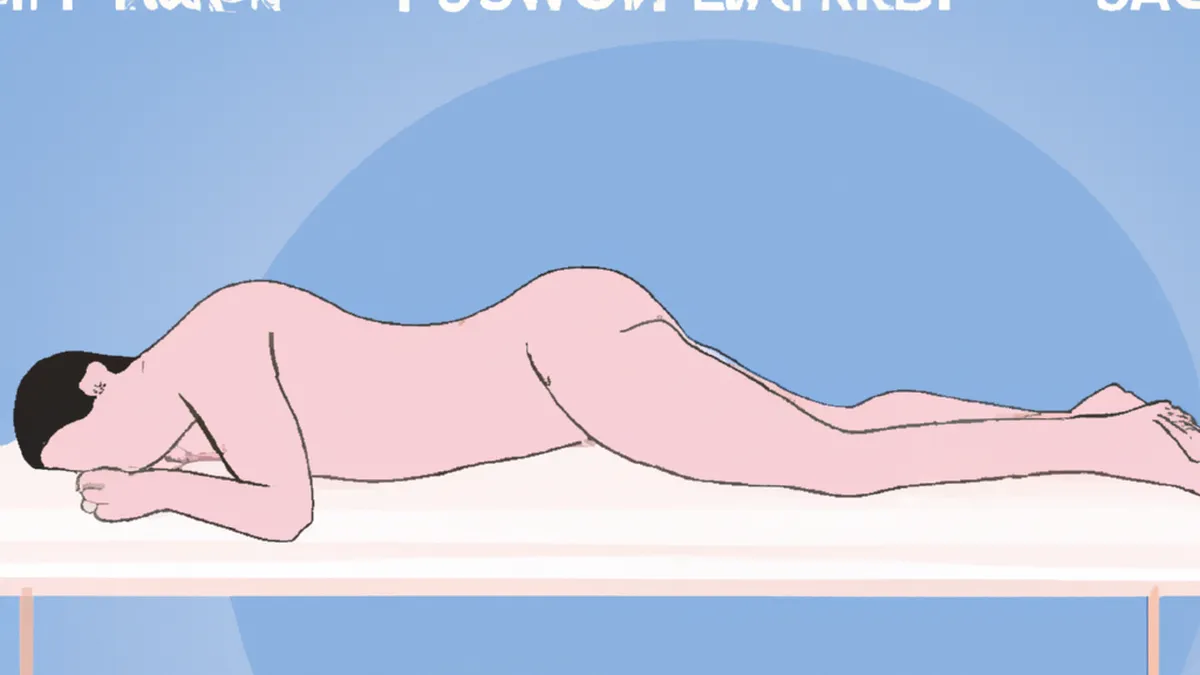Sleep Smart: Positioning to Alleviate Pain
The Best Sleep Positions for Alleviating Low Back Pain
Low back pain affects millions worldwide. It can arise from poor posture, prolonged sitting, or medical conditions. This pain disrupts daily activities and lowers quality of life. Sleep position plays a crucial role in managing low back pain. The right position can either alleviate or worsen discomfort. Here, we explore effective sleep positions that can ease low back pain and tips for better comfort.
Side Sleeping: A Comfortable Choice
Sleeping on your side is one of the best positions for relieving lower back pain. This position maintains the spine’s natural curve and reduces back pressure. To maximize benefits, consider these tips:
Use a Pillow Between Your Knees
Placing a pillow between your knees enhances comfort while side sleeping. This adjustment aligns your spine and prevents pelvic misalignment. Keeping your hips aligned significantly reduces strain on your lower back. A body pillow can offer additional support along your body.
Keep Your Head Elevated
A supportive pillow under your head is essential for side sleepers. Choose one thick enough to keep your neck aligned with your spine. This alignment avoids extra strain on your back and neck. A contoured pillow supports your neck’s natural curvature.
Back Sleeping: A Supportive Alternative
For some, sleeping on their back provides relief for low back pain. This position maintains a neutral spine posture, reducing discomfort. To enhance benefits, consider these tips:
Use a Knee Pillow
Placing a pillow under your knees improves spinal health while back sleeping. This technique supports the natural curve of your lower back. Elevating your knees enhances circulation and reduces lower back tension.
Choose the Right Mattress
Select a medium-firm mattress if you sleep on your back. A soft mattress may cause your spine to sag, increasing discomfort. A firm mattress may not provide enough pressure relief. Look for one that balances support and contouring for your body’s curves.
Fetal Position: A Gentle Solution
The fetal position effectively alleviates low back pain. Curling up in this position opens spaces between your vertebrae and relieves spinal pressure. Here’s how to adopt the fetal position correctly:
Tuck Your Chin
When curling, tuck your chin lightly to maintain neck alignment.
Conclusion
In summary, the right sleep position significantly impacts low back pain relief. Consider these positions and tips for better comfort.
Below are related products based on this post:
FAQ
What is the best sleep position for alleviating low back pain?
Sleeping on your side is often considered the best position for relieving lower back pain. This position helps maintain the spine’s natural curve and reduces back pressure. To enhance comfort, using a pillow between your knees and keeping your head elevated with a supportive pillow is recommended.
How can back sleeping help with low back pain?
Back sleeping can provide relief for low back pain by maintaining a neutral spine posture, which reduces discomfort. To maximize the benefits, it is helpful to use a knee pillow to support the natural curve of your lower back and to choose a medium-firm mattress that offers the right balance of support and pressure relief.
Is the fetal position effective for low back pain relief?
Yes, the fetal position can effectively alleviate low back pain by opening spaces between your vertebrae and relieving spinal pressure. To adopt this position correctly, it is important to tuck your chin lightly to maintain neck alignment.















Post Comment